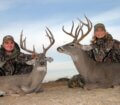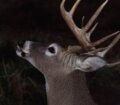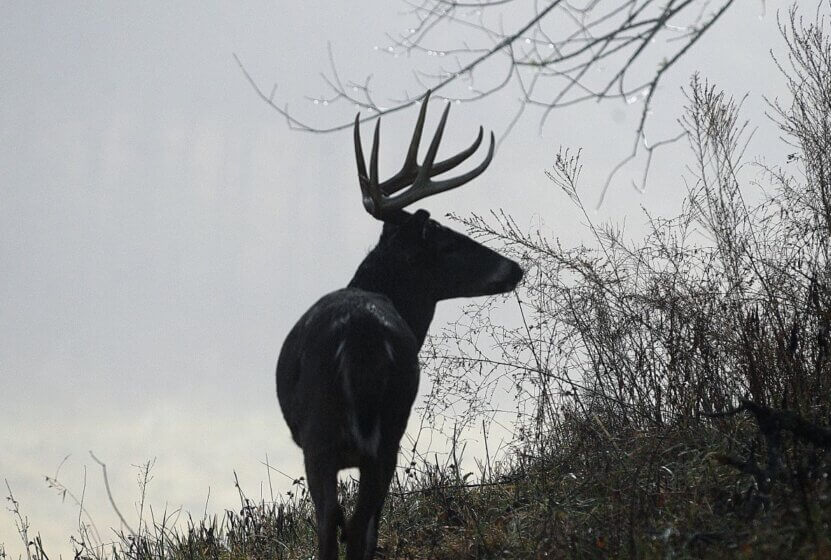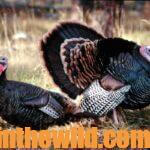Editor’s Note: Ronnie Groom of Panama City, Florida, the longtime owner for 60 years of C&G Sporting Goods, has been one of the foremost deer hunters of our day for the past half century. Groom, a well-rounded deer hunter, participates in bowhunting, primitive-weapon hunting and gun hunting. Groom hunts deer in several states – on public and private lands – where the hunting pressure is both heavy and light.
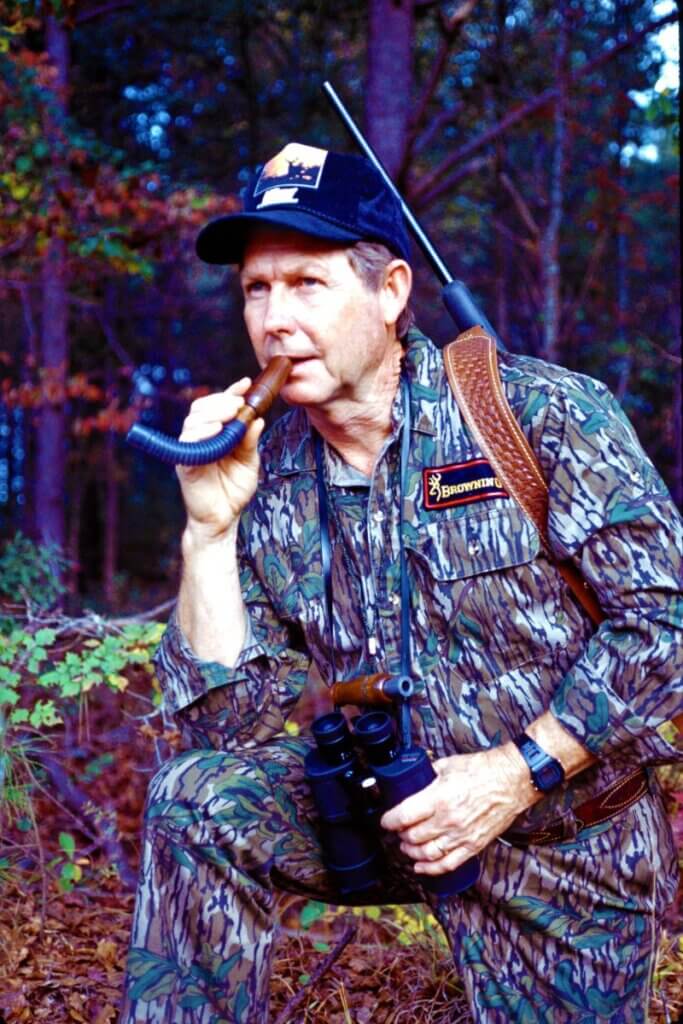
I believe the term “nocturnal,” is inappropriate when used in reference to deer. When hunters talk about deer being nocturnal, the deer may not feed or move during daylight hours where the sportsmen are in the woods, but the deer are feeding and moving somewhere. Deer never stay in their beds for 12 – 15 hours at a time. They get up, they move around, and they eat. They just don’t conduct these activities where the hunters are during daylight hours where there’s heavy hunter pressure.
However, the deer may travel into the regions where hunters have been after dark. Therefore, the outdoorsman sees the deer’s tracks and signs of feeding and/or rubbing, and he realizes that the deer are utilizing this area only at night. So, he deduces that the deer have become nocturnal. The deer are nocturnal in using the land where the hunter is, but they are not nocturnal where they are in the daytime.
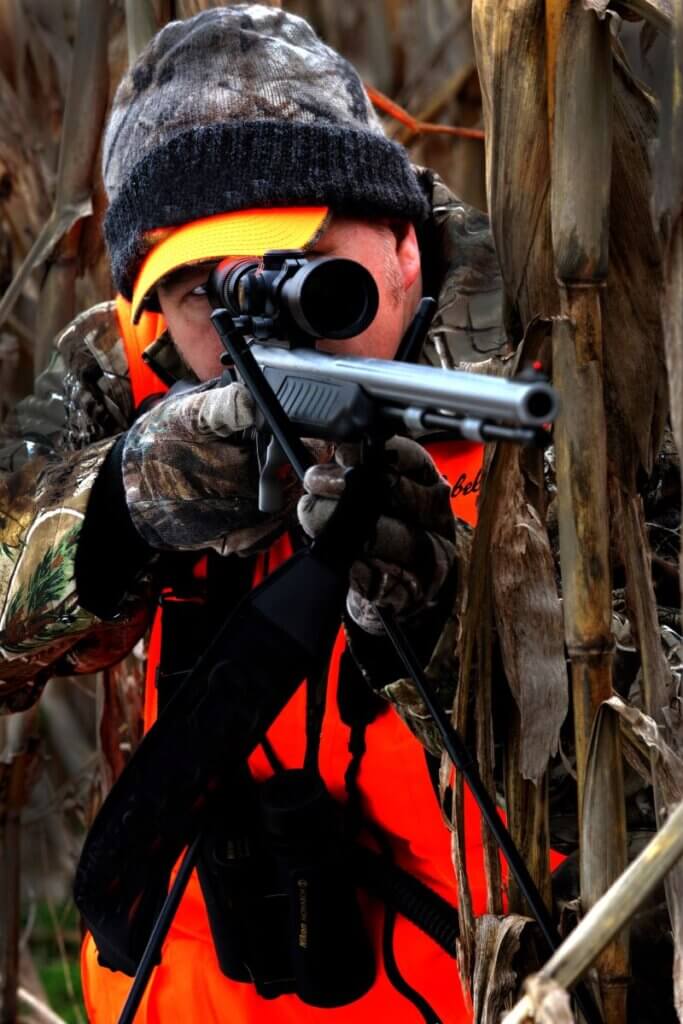
Let’s look at what causes deer to be nocturnal in a region. You and the other hunters like you wander through the forest, leave your scent all over the ground and spook the deer. Now that we know where the deer are nocturnal, and what makes them nocturnal, we’re ready to look for a place where the whitetails are not nocturnal. The hard part is to find a spot where the deer are moving and not foul that area up with human scent, so that you run the deer off from this region also. What the hunter is looking for is a deer sanctuary. Most of the time when the sportsman locates a sanctuary site like this, he will run the deer out of the sanctuary. Then the outdoorsman won’t be able to hunt this particular place until the next season.
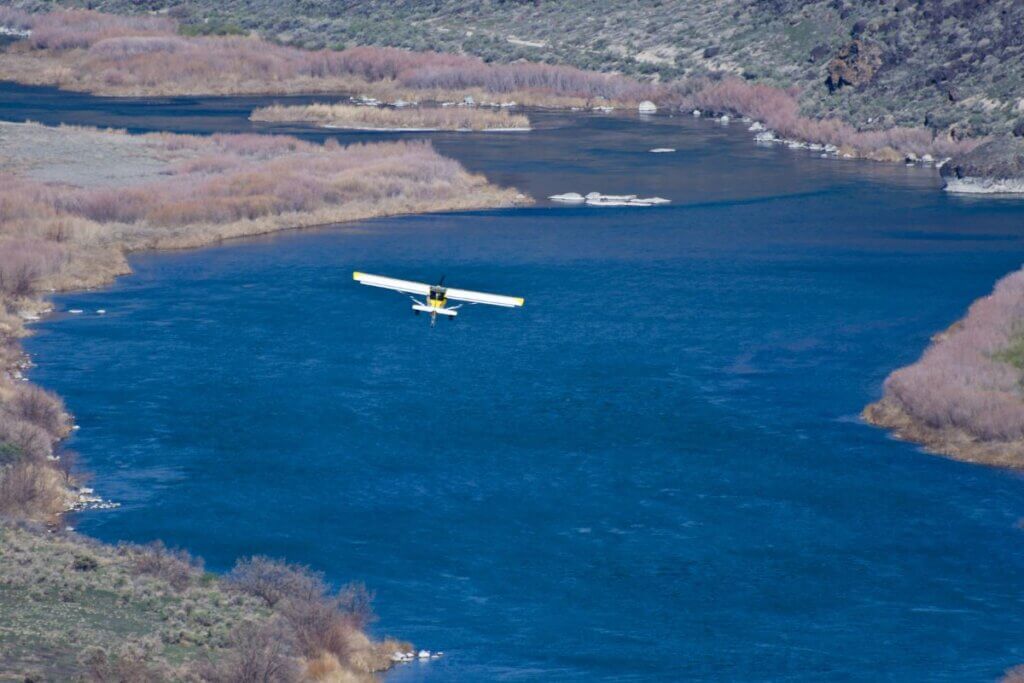
I use aerial photos of the property I’m hunting to locate big-buck sanctuaries. We must remember that probably there won’t be a great deal of sign leading to or away from these hideouts. When hunting pressure is high, the dumb bucks die early in the season. Only the older, smarter bucks have learned to feed at night in open places and hole-up in the daytime in sanctuaries. And, you may not see very many, if any, deer. More than likely, you’re hunting one individual deer or two or three bucks at the most in a sanctuary.
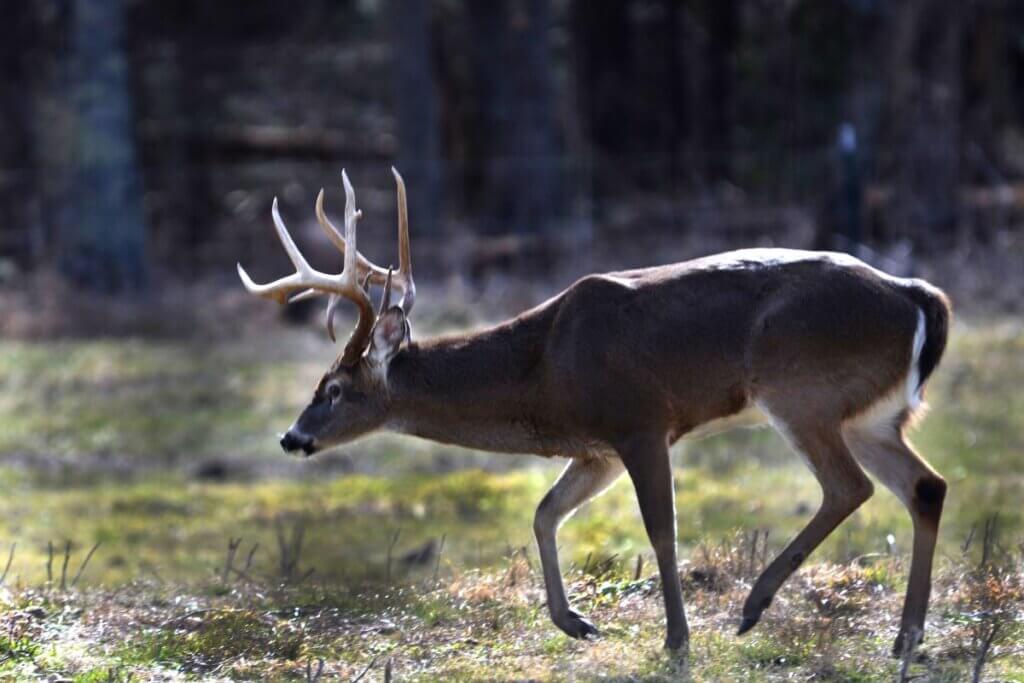
Sanctuaries generally occur in spots where there is no hunting pressure. A sanctuary can be a small island in the middle of a woods pond, a small patch of grass or weeds in a field, a briar thicket right behind a farmhouse or a big thicket a mile and a half away from the closest hunter and far from the traveled roads. Remember that hunters cause deer to be nocturnal. Therefore, deer will move during daylight hours where the hunters aren’t. The problem with hunting these secret places is that if you go in, travel around in them and then try and hunt in these regions, you’ll spook the deer. Then the bucks will move to another place. So, to take bucks when they’re nocturnal, first discover where they’re concentrating during the daytime, and then hunt these regions very little. Mark those spots with a hand-held GPS or the GPS in your phone or on a hunting app on your phone as a daytime hunting spot.
John E. Phillips’ latest deer book “How to Hunt Deer Like a Pro: Volume II,” was just published on Amazon and in print. The Audible version should be available by mid-December. Since deer hunting and deer hunters are drastically changing each year, John interviewed some top deer hunters like Mark Drury, Dr. Larry Marchinton, Dr. Bob Sheppard, Pat Reeve, Gene Wensel, Cody Robbins, Ernie Calandrelli, Brian Murphy and Luke Brewster, who took the world’s largest whitetail, to learn their up-to-date techniques for successfully hunting deer and having more places to hunt.
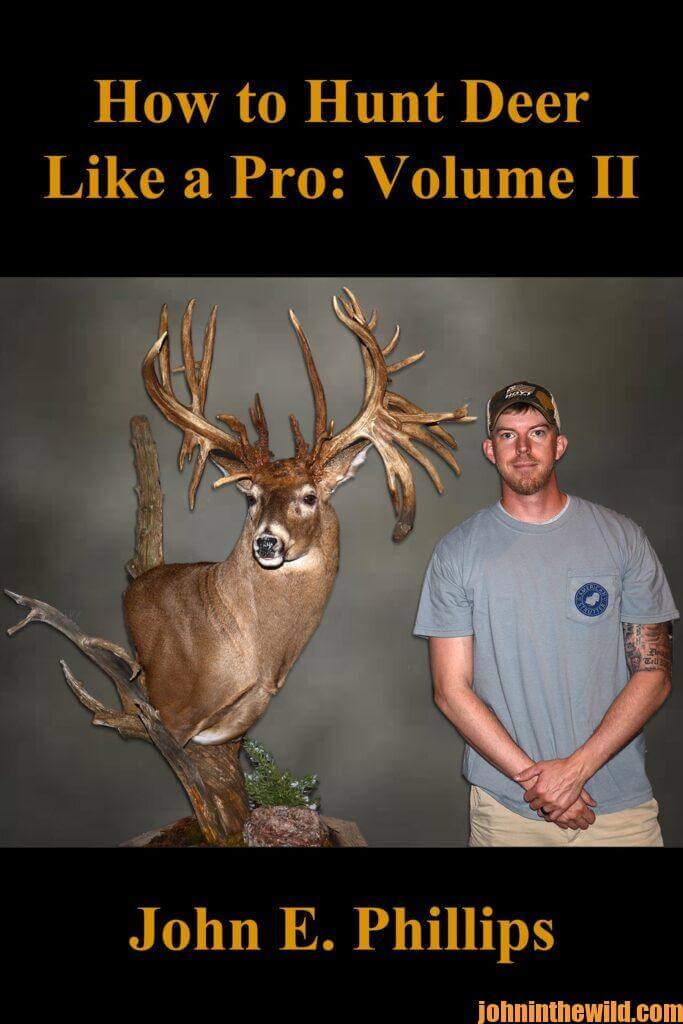
Also, check out John’s book, “Jim Crumley’s Secrets of Bowhunting Deer” available in Kindle, print and Audible.

When you click on the books, notice on the left where Amazon says you can read and hear 10% of these Audible books for free. On the right side of the page for each book and below the offer for a free Audible trial, you can click on Buy the Audible book.
Click on the hyperlink to see all of John E. Phillips’ books on hunting and fishing.
Tomorrow: Hunt a Deer Sanctuary

